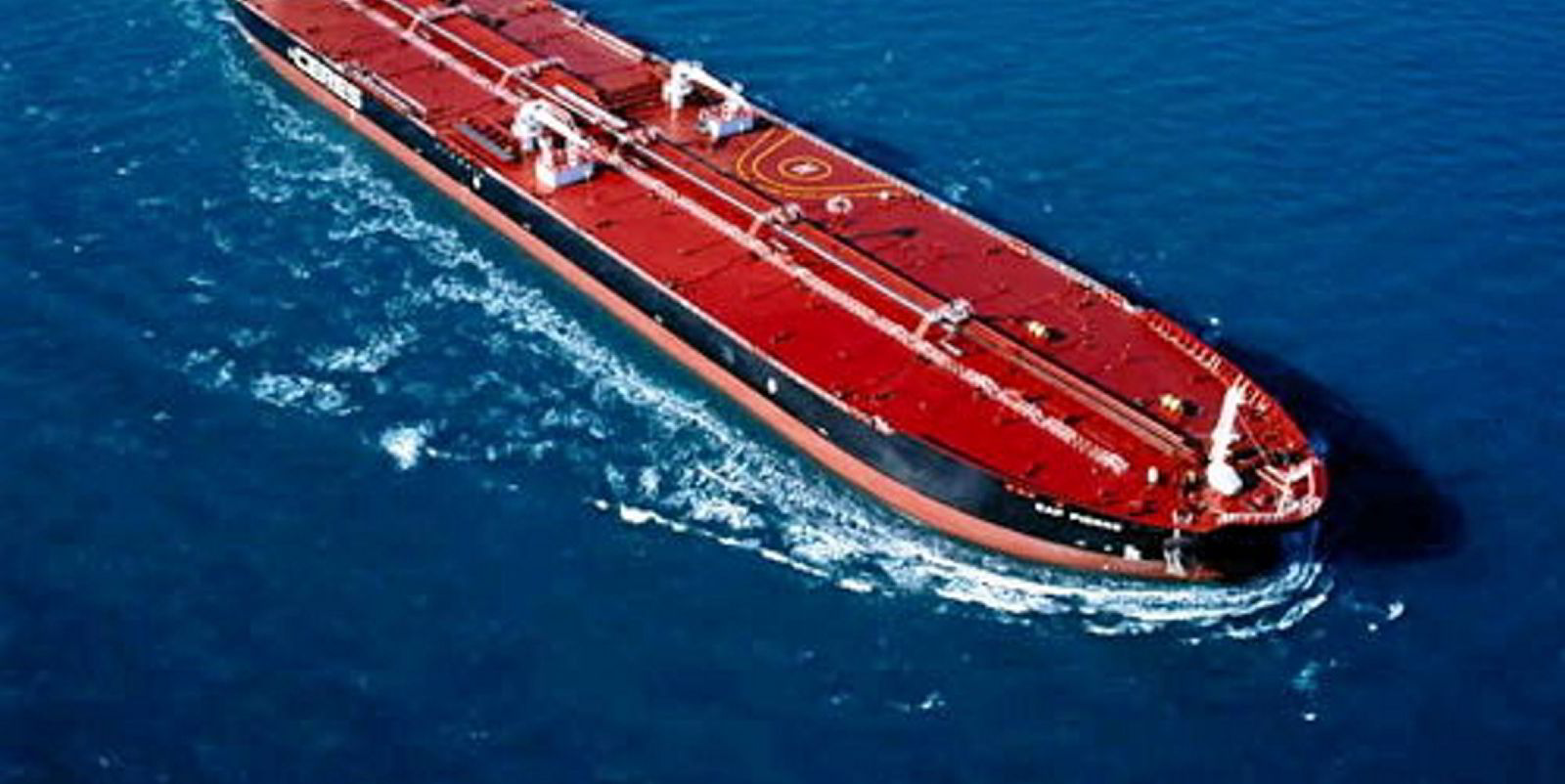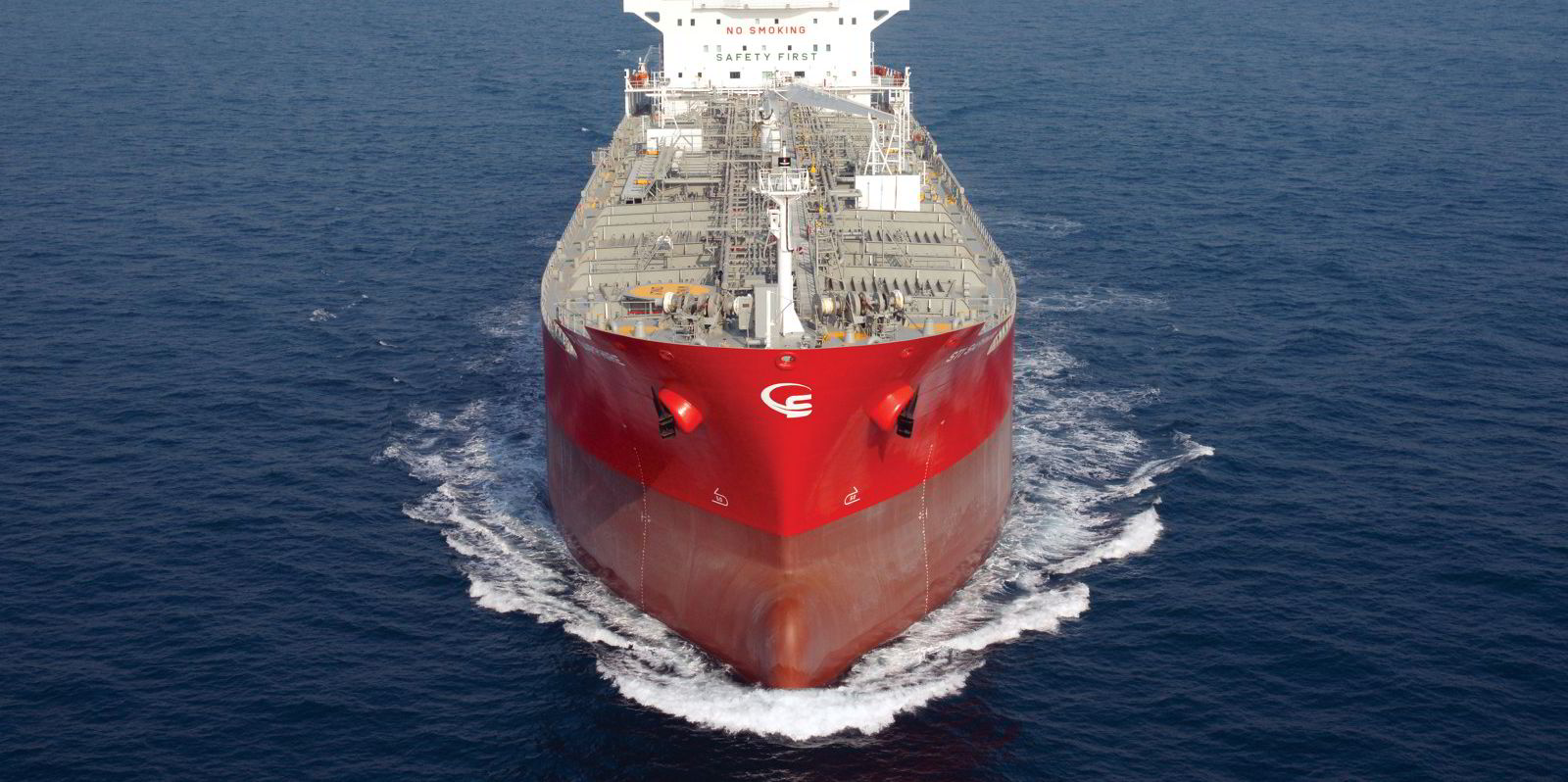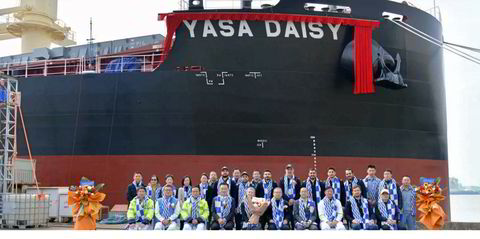Suezmax and aframax business has declined sharply in Australasia as refinery capacity shrinks.
US shipbroker Poten & Partners has calculated a more than 50% reduction in crude imports to the region since the Covid-19 pandemic.
“The impact of refinery closures in Australia and New Zealand is a case study of how quickly circumstances can change in the oil markets,” research and consulting manager Erik Broekhuizen said.
Prior to the pandemic, smaller, older and less-sophisticated refineries in both countries were already being squeezed by large export-orientated refineries throughout the Middle East and Asia, he explained.
The continued growth of these facilities created oversupply and low refining margins in the region.
As demand fell during the pandemic, plants in Australia were closed or converted into import terminals.
New Zealand’s only refinery — the 96,000-barrels-per-day (bpd) Marsden Point — became an oil terminal.
The country now relies on imports and faces both high product prices and product tanker rates.
Australia has two refineries remaining, with a combined capacity of 234,000 bpd, but these are likely to be upgraded.
Employment chances chopped
Suezmaxes and aframaxes carry almost all crude imports to the region from within Asia.
“The decline in imports has diminished the employment opportunities for these vessel segments over time,” Broekhuizen said.
But what is bad for crude vessels is bolstering clean trades.
Poten said refined product imports, which had been steadily increasing since 2010, accelerated in 2021 and 2022.
Australasia predominantly imports gasoil and diesel, with gasoline a distant second.
A review of clean spot fixtures into Australia and New Zealand shows that South Korea is the largest shipper of product, followed by Singapore and Taiwan, Broekhuizen said.
Japan, India and China are smaller but still meaningful suppliers of products to Australasia.
MRs taking the lion’s share
“In terms of vessel classes, it is not surprising that MRs dominate these trades, representing 61% of the reported spot volumes,” the researcher said.
LR2 ships transport 25% of spot cargoes, while LR1s take care of the rest.
“While the shift from crude to product may have been more expensive than initially anticipated, the conflict between Russia and Ukraine has highlighted another risk: availability,” Broekhuizen argued.
Sanctions against Russia have tightened the global product market, he said.
China has ample spare refining capacity but decided not to use it thus far to cut domestic emissions. While it appears that China is considering raising fuel export quotas, the fact that this is a government, rather than a commercial decision underlines the associated risks, Broekhuizen added.
And there is another risk.
The Royal Melbourne Institute of Technology has said a prolonged war between China and Taiwan would threaten 90% of Australia’s fuel imports, with supplies running out in two months.






